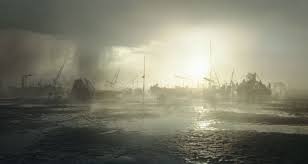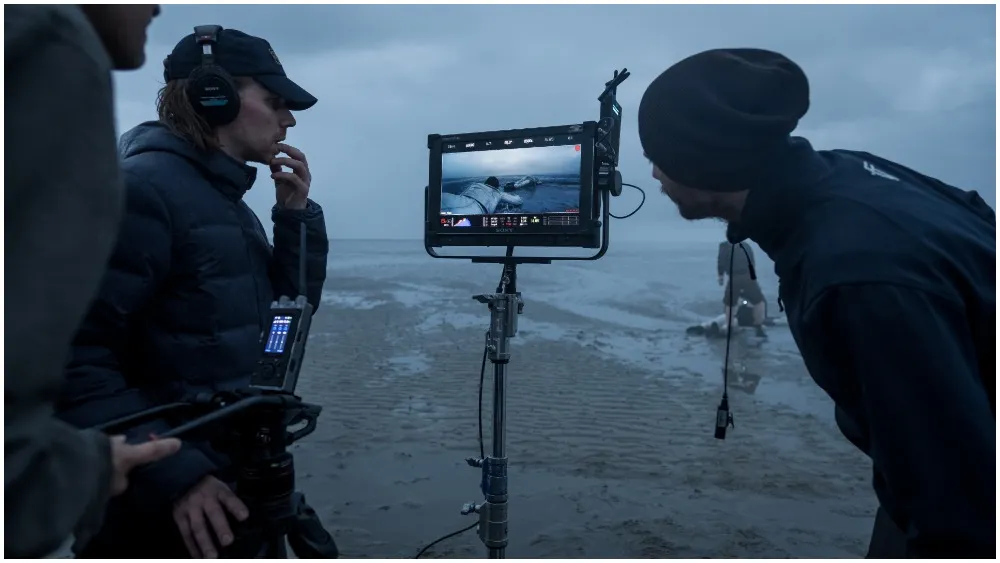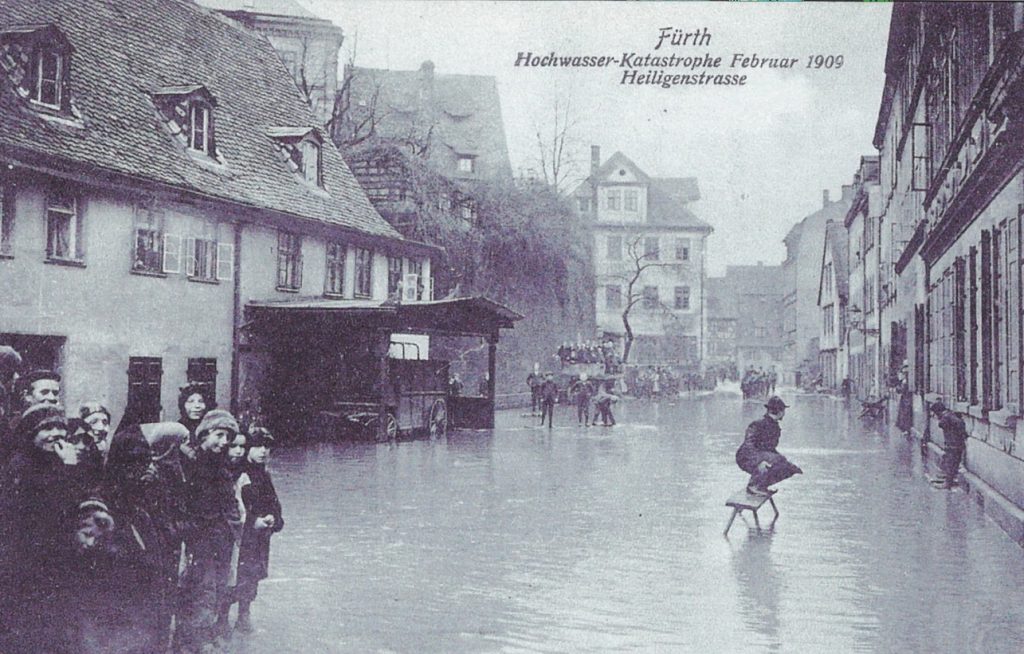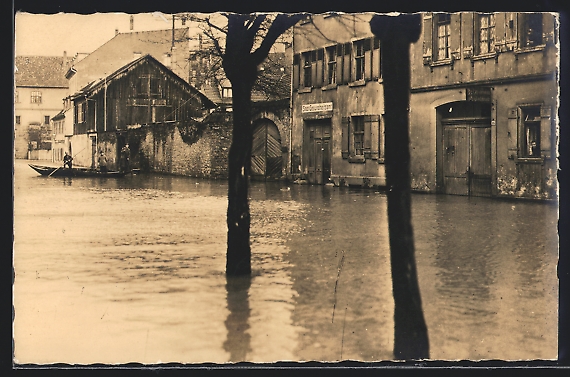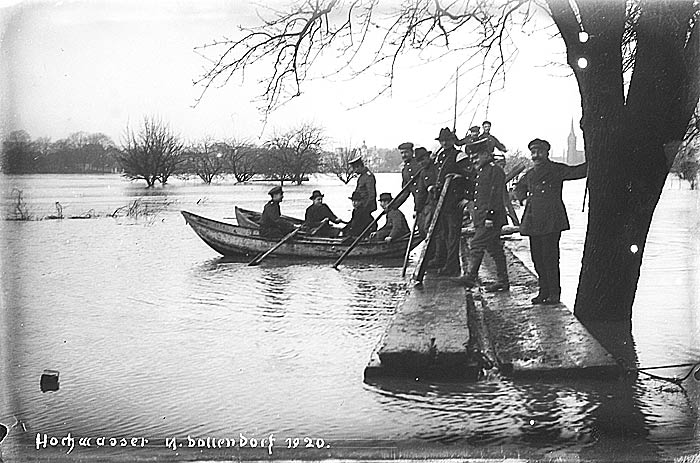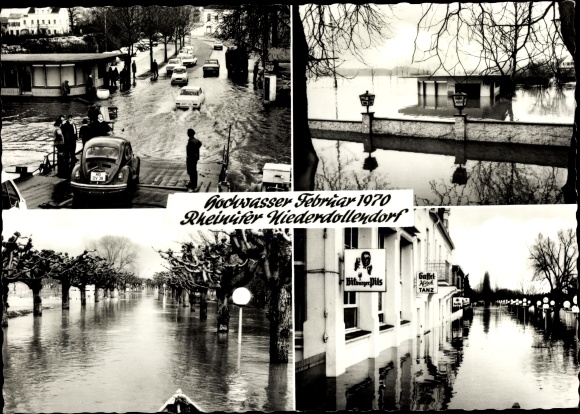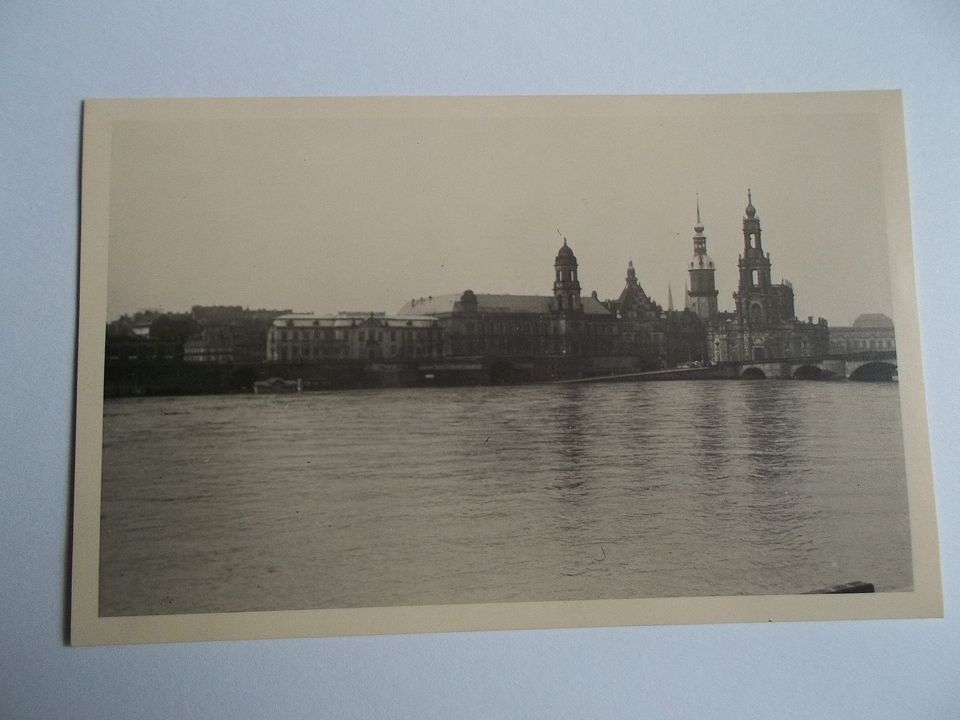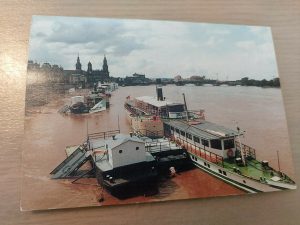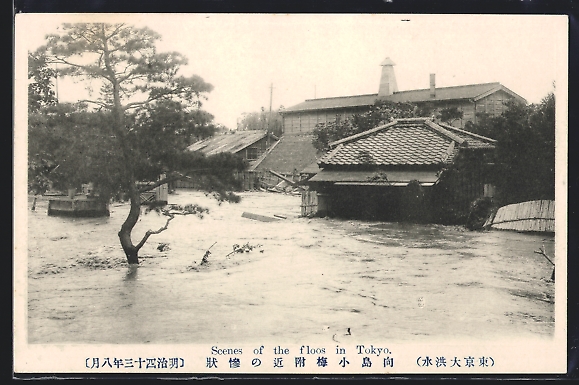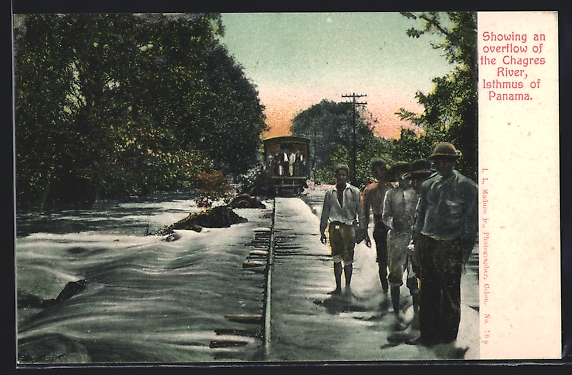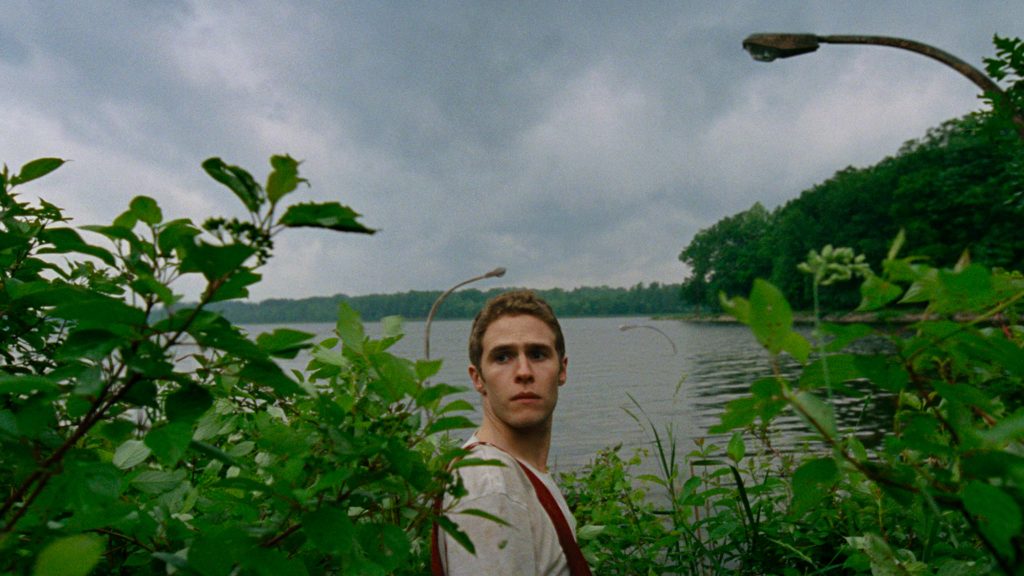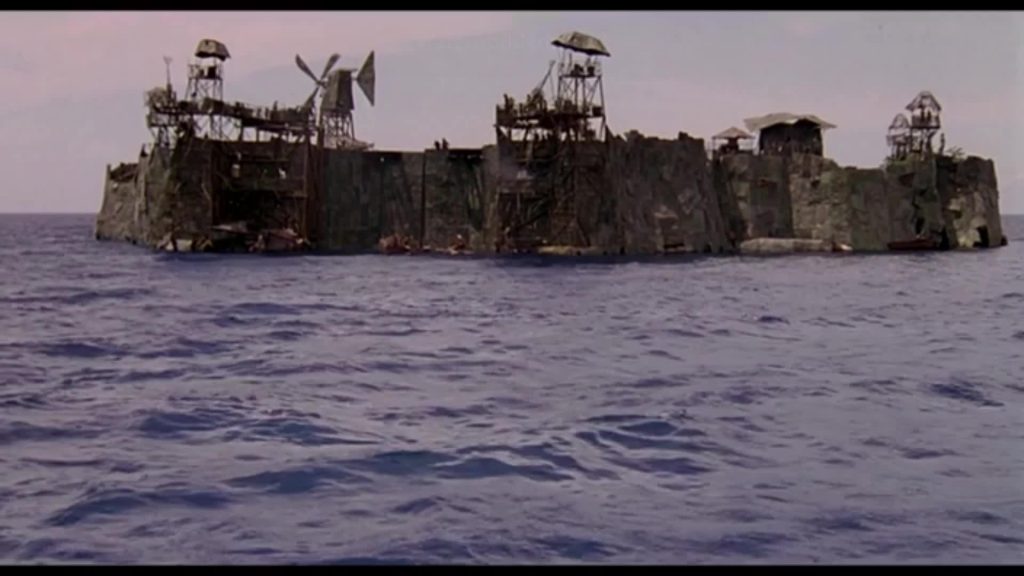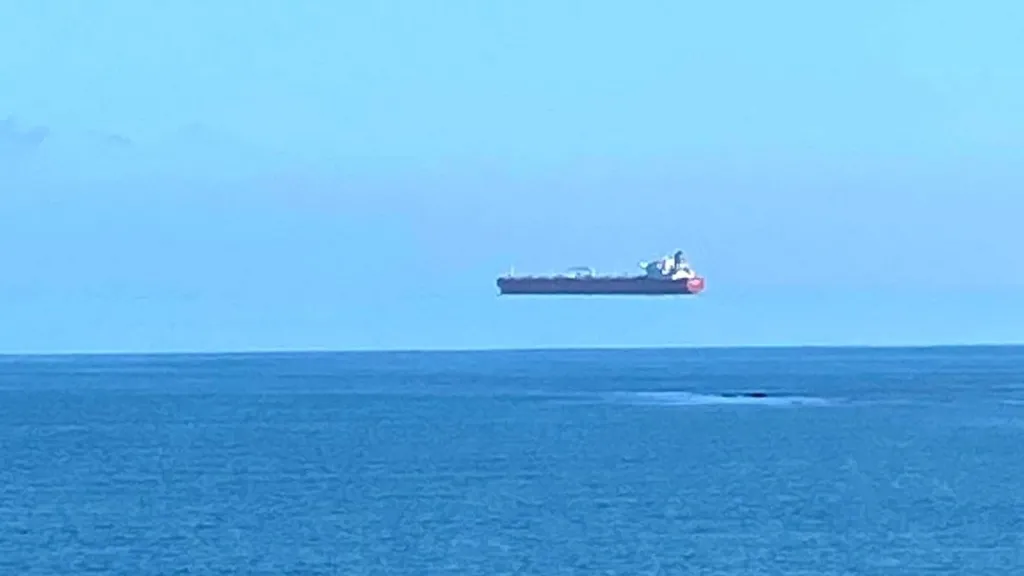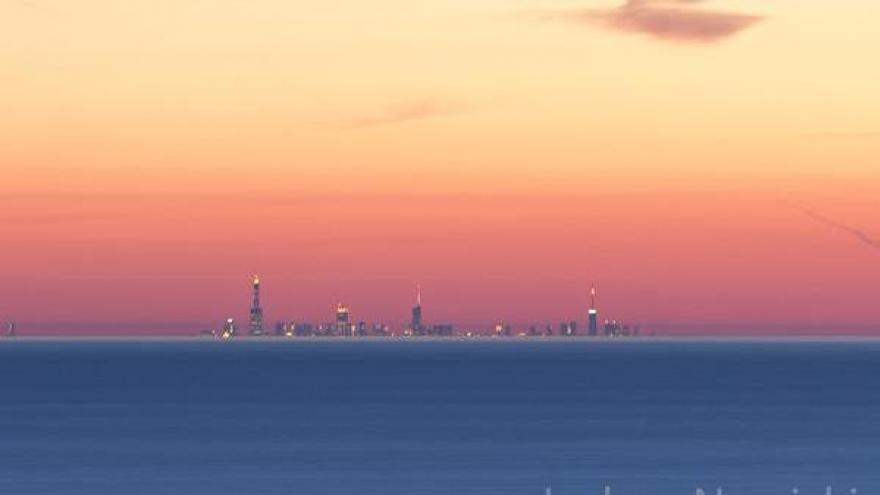The only constant is the creed of the Barrier Islands of North Carolina according to marine scientist Orin Pilkey. In his introduction to this PBS documentary from the 1980s, Pilkey provocatively comments the image of beach houses slowly being swallowed by the sea with the following words: “For some this is a tragic and an ugly sight. But I think it’s beautiful. Because surrendering this house to the sea represents a bright promise for our future.” He later says “I’ve really come to think of these islands as living things. They are constantly responding in sensible and even intelligent ways to the forces of nature.”

The evocative title of the documentary refers to the slow movement of these islands over millennia. But as Pilkey makes clear, islands lie these will continue to move and need to move in order to sustain. So called “hard stabilization”, the effort to stabilize shore lines by sea walls and other massive concrete structures, Pilkey calls “a recipe for disaster”.
In contrast to today’s buildings and infrastructure the early settlements on the islands were much less permanent. Some of the early settler’s houses on these islands were equipped with a trap door in the house, in order to let flood water flow through to limit the damage to the house’s structure. Many houses were even built in ways, so that they could be easily moved away from the shore. Houses but also whole villages, like Diamond city, appeared and disappeared across the islands over the course of it’s history of settlement.
This film and Pilkeys argument are actually pre-climate-discourse at least as public opinion is concerned. This makes it a fascinating document of the development of environmental thought. Basically all the worries, warnings and arguments of today’s coastal climate adaptation discourse are here – but without sea level rise! It’s simply ill guided real estate development and false landscape planning.
